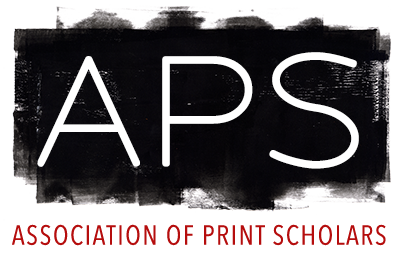This book explores the theme of drawing and the possibilities that lie within the medium, with some 60 works from the MuCBA collections by contemporary artists. MCBA conserves nearly 11 000 works, over half of which are drawings. It invites the public to discover a lesser known part of our collection, while focusing on the question of the medium’s intrinsic potentiality and the inexhaustible vital energy characterizing it. The title points to not only the initial act of drawing on a support, but also the indecision that springs from those first steps, i.e., the suspended state of the resulting forms, the tension between the mark and the support which together make up a single entity, the random outcomes that are part and parcel of techniques involving liquids, and finally the inner motoricity of drawing. Artists featured: Silvia Bächli, Bruno Baeriswyl, Yaron Berent, Lorna Bornand, Cyril Bourquin, Miram Cahn, Gianfredo Camesi, Marianne Décosterd, Alexandre Delay, Martin Disler, Peter Emch, Pierre Haubensak, Barbara Heé, Jean-Claude Hesselbarth, Thomas Huber, Alain Huck, Stéphan Landry, Jean Lecoultre, Urs Lüthi, Jean-Luc Manz, Robert Müller, Muriel Olesen, A. R. Penck, Anne Peverelli, Edmond Quinche, Markus Raetz, Peter Roesch, Klaudia Schifferle, Francine Simonin, Richard Tuttle, Janos Urban, Jacqueline Urban-Nicod, Claude Viallat, and Kurt von Ballmoos.
